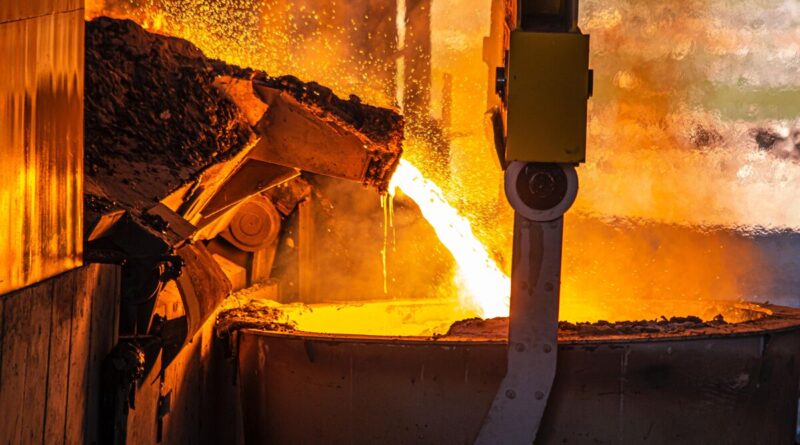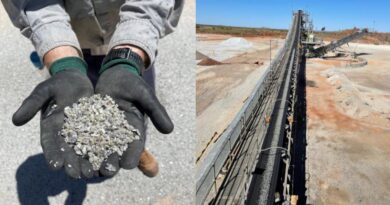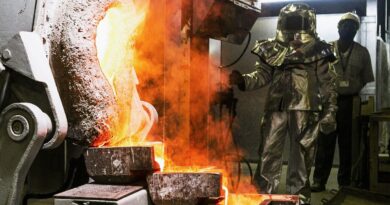The energy transition will transform the metallurgical industry
By 2050 the energy transition could see nickel (Ni) demand triple, copper (Cu) demand more than double, and demand for Lithium chemicals grow 700%. The burden on miners of transition metals will be immense and the industry will be transformed as investors scramble to deliver the necessary metal.
For battery raw materials in particular there will be a reliance on deposits that are as yet undefined. Lithium is a prime example. There is plenty of uncertainty around the costs of extraction at known Lithium projects, let alone the millions of tonnes of Lithium required from unexplored sources, some of which will rely on untested technologies. Add in the likelihood of global carbon prices and you can understand why long-term pricing for Lithium and other energy transition metals is the subject of fierce debate.
Let’s stick with Lithium and start by looking at today’s cost curve. The current marginal C1[1] cash cost of Lithium chemical production (on an LCE refined[2] basis) is about US$5,000/t for brine, US$9,000/t for spodumene, and over US$10,000/t for lepidolite – based upon costs to produce, transport and refine the concentrate.
Given prices are currently sitting at about US$60,000/t LCE refined, it is reasonable to ask whether costs are a good indicator of future prices. But Lithium is one of the more abundant elements on earth, and it is also reasonable to expect that Lithium will eventually behave similarly to all other mined metals. That is, the market will be cyclical with prices falling back to cost curve support levels from time to time. It is likely that cost curve support will become more frequent once the automotive and grid storage sector decarbonisation reaches maturity and demand growth slows.
But what will the cost curve look like then, particularly given our accelerated energy transition scenario forecast where Lithium demand could be 7 million tonnes per annum (Mtpa) by 2050, up from 1 Mtpa in 2022. Our current project pipeline totals approximately 1.5 Mt of annual capacity, with project C3[3] costs ranging up to US$15,000/t LCE refined.
It is highly unlikely that current cost structures will be sustainable, even if markets trend back to balance.
Firstly, grade is declining in mineral deposits as existing higher-grade ore bodies are extracted and new market conditions allow for the evaluation and development of lower-grade deposits.
Secondly, the greater reliance on lepidolite sources in the future means higher concentrating and chemical conversion costs. The structural complexity of lepidolites leads to generally lower lithium content and higher proportions of impurities.
Thirdly, in addition to new nearer term mineral sources, a reliance on clay and even longer term – seawater sources – are likely, meaning the application of nascent technologies from extremely low-grade deposits which will bring with them additional complexity and technical challenges, resulting in greater cost. Complicating the supply picture over the longer term (beginning in the late 2030s) is a wave of spodumene mine reserve exhaustions.
In short, the type of deposits that inhabit the fourth quartile of the current cost curve will increase their share of production over time.
Furthermore, competition for labour, equipment and raw materials will see capital and opex costs continue their ascent, particularly while demand growth rates are high. Development and operational risk will also likely increase over time, as lithium is sourced from more complex deposits in higher risk jurisdictions. More expensive debt and equity, and higher disruption rates are to be expected.
Notwithstanding the potential for technology savings in the long term, based on what we know about existing operations, it is reasonable to assume the costs of future projects will rise considerably over time.




